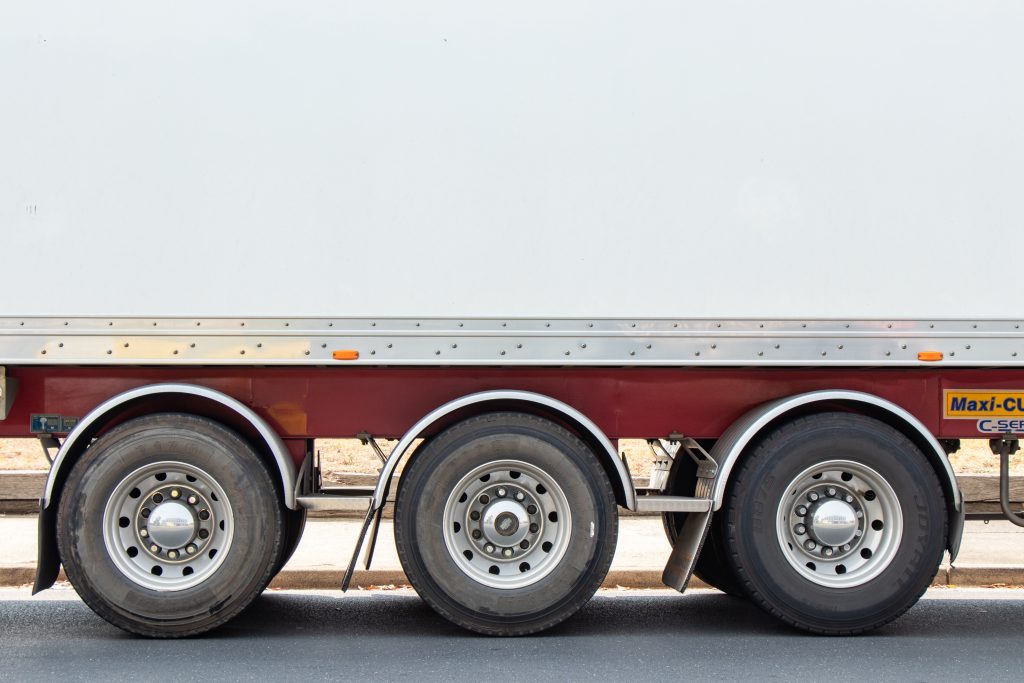Currently the freight exchange overview is being revised! An updated list will appear shortly. Freight exchanges exist in various forms on the Internet, but they did not fundamentally emerge from the Internet. The concept of freight exchanges as such emerged at a time when more and more goods had to be transported by road. In the 1970s, the German transport industry was booming. And although more and more transport companies entered the market, the supply of cargoes to be transported increased much faster. As a result, many transport companies were unable to fulfill their fixed transport contracts, simply because the vehicles or drivers were already working to capacity.

At this point, the first freight agencies emerged. Freight negotiations were conducted by telephone. A transport company that could not transport a load to be shipped itself, but at the same time had to take over the transport, handed over the load to the freight exchange, for example, by telephone.
Other freight forwarders who, for example, had an empty return trip on a tour, requested the corresponding load from the freight exchange, received the order and carried out the transport. In this way, the available transport capacity and the cargo were brought together. The carrier that placed the order was able to honor its contracts, and the carrier that performed the transport was able to optimize its empty runs.
This concept was then very quickly expanded. The manufacturing sector soon came up with the idea of tendering cargoes that could not be carried on a regular basis directly through a freight exchange. This changed the character of the freight exchanges. From now on, it was no longer just a matter of finding loads for empty runs;a price war began, promising the most profitable price to the freight provider.
Freight exchanges on the Internet
With the further spread of the Internet, the market has again changed completely. Legacy providers have begun to expand their offerings to the Internet. In addition, new companies emerged that had not previously been active in the transportation sector but had the necessary technical expertise. For example, the first electronic freight exchange was founded in 1985 under the name Teleroute. In the years that followed, other electronic exchanges emerged, some of them highly specialized, dealing exclusively with the brokerage of bulk goods, for example. In the last ten years alone, around 20 Internet freight exchanges have come onto the market in German-speaking countries and are now responsible for a large proportion of freight traffic on European roads. The concept of Internet freight exchanges is similar, but easier for freight forwarders to manage.
The freight exchanges differ in detail, however. In some cases, special software is required to participate, but often only a browser is required. Some freight exchanges offer a mobile application in addition to the traditional web version. Some freight exchanges charge a basic monthly fee for use, others charge per shipment, and still others are free of charge for freight forwarders.
Freight exchanges usually specialize in a market niche: some providers auction container shipments, others industrial palletized goods, while still others handle removals and small shipments. There are also freight exchanges that are open to private individuals.
An important aspect of freight exchanges is trust between participants, as cargo theft, late payments, and non-compliance with regulations (such as the minimum wage in Germany) are not uncommon. For this reason, some freight exchange operators subject new customers to thorough screening, while others guarantee payment for the transportation service or offer collection services.
Ridesharing for Freight
A concept inspired by the Freight Exchange is Freight Carpooling, which is based on the same principle as Passenger Carpooling. The goal is to bring together two private individuals, one of whom wishes to ship an item (package, household appliances, furniture, etc.) and the other of whom wishes to take that item as part of an already planned trip. By transporting and delivering an item, the driver can reduce his travel and fuel costs by receiving from the sender the amount agreed between the two partners as an expense allowance. The sender can reduce postage costs by negotiating the shipping costs himself. In this way, even heavy or bulky goods can be shipped cost-effectively.
In addition, by combining shipments on the route as an additional load, the so-called empty trips, i.e., the trips made by an empty delivery truck, are reduced. In Germany, every fifth trip is made without a load and causes unnecessary CO2 emissions. This result is roughly in line with the European average.




